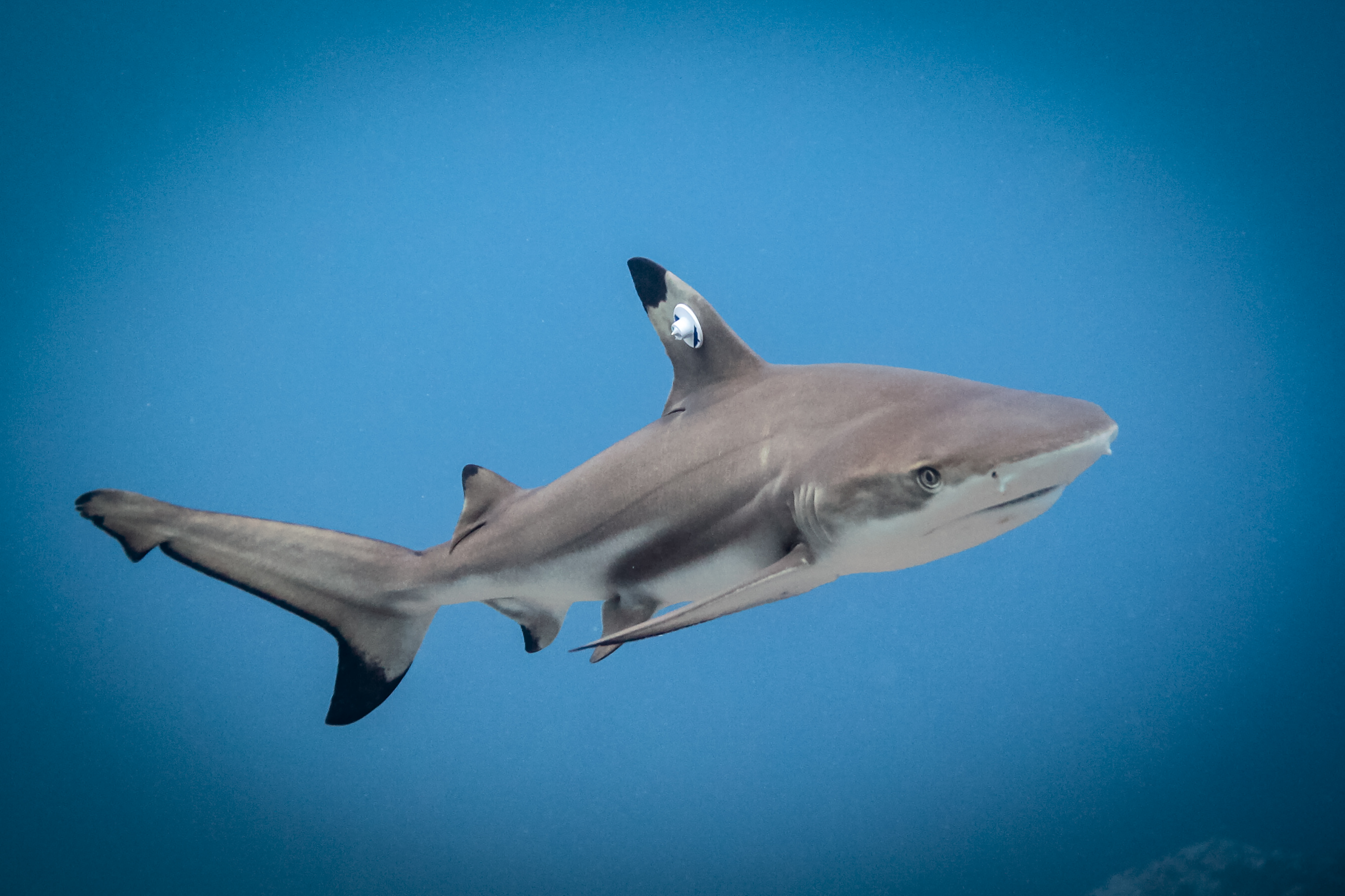


Levels of DO have a major role in structuring marine ecosystems ( Grantham et al., 2004 Ekau et al., 2010 Gilly et al., 2013 Levin and Le Bris, 2015 Breitburg et al., 2018 Penn et al., 2018 Laffoley and Baxter, 2019) because the vast majority of organisms have a low hypoxic threshold, where concentrations of ~1.35–2.70 ml O 2 l −1 cause hypoxic stress ( Vaquer-Sunyer and Duarte, 2008 Ekau et al., 2010). Ocean deoxygenation has resulted in horizontal and vertical expansions of OMZs with the prospect of profound effects on marine biota because long-term DO declines are particularly acute in OMZs ( Stramma et al., 2008 Gilly et al., 2013 Breitburg et al., 2018). Permanent oxygen minimum zones (OMZs) are present in all the world’s ocean basins and occur where DO reaches low (hypoxic) levels of <0.45–1.00 ml O 2 l −1 in the depth range ~200–800 m ( Keeling et al., 2010 Gilly et al., 2013 for oxygen units used see Materials and methods).

Introductionĭissolved oxygen (DO) content of the global ocean is declining (ocean deoxygenation) due to sea temperature warming, increased stratification, and changing circulation, and the interactions of these processes with hypoxia-inducing biological activity ( Keeling et al., 2010 Gilly et al., 2013 Watson, 2016 Schmidtko et al., 2017 Breitburg et al., 2018 Levin, 2018 Laffoley and Baxter, 2019 Stramma and Schmidtko, 2019). Fisheries controls to counteract deoxygenation effects on shark catches will be needed as oceans continue warming. Higher shark catches were associated with strong DO gradients, suggesting potential aggregation along suitable DO gradients contributed to habitat compression and higher fishing-induced mortality. Greater intensity of longline fishing effort occurred above the OMZ compared to adjacent waters. Multiple factors associated with climate-driven deoxygenation contributed to blue shark vertical habitat compression, potentially increasing their vulnerability to surface fisheries. Here, analysis of satellite-tracked blue sharks and environmental modelling in the eastern tropical Atlantic oxygen minimum zone (OMZ) shows shark maximum dive depths decreased due to combined effects of decreasing dissolved oxygen (DO) at depth, high sea surface temperatures, and increased surface-layer net primary production. Ocean and Earth Science, National Oceanography Centre Southampton, Waterfront Campus, University of Southampton, United Kingdom Ĭlimate-driven expansions of ocean hypoxic zones are predicted to concentrate pelagic fish in oxygenated surface layers, but how expanding hypoxia and fisheries will interact to affect threatened pelagic sharks remains unknown.Centre for Biological Sciences, Highfield Campus, University of Southampton, United Kingdom.Okeanos - Departamento de Oceanografia e Pescas, Universidade dos Açores, Portugal.MARE – Marine and Environmental Sciences Centre, Faculdade de Ciências da Universidade de Lisboa, Portugal.IMAR – Institute of Marine Research, Departamento de Oceanografia e Pescas, Universidade dos Açores, Portugal.Instituto de Investigaciones Marinas, Consejo Superior de Investigaciones Científicas (IIM-CSIC), Spain.Marine Biological Association of the United Kingdom, The Laboratory, Citadel Hill, United Kingdom.MARE, Laboratório Marítimo da Guia, Faculdade de Ciências da Universidade de Lisboa, Av.CIBIO/InBIO, Universidade do Porto, Campus Agrário de Vairão, Portugal.


 0 kommentar(er)
0 kommentar(er)
